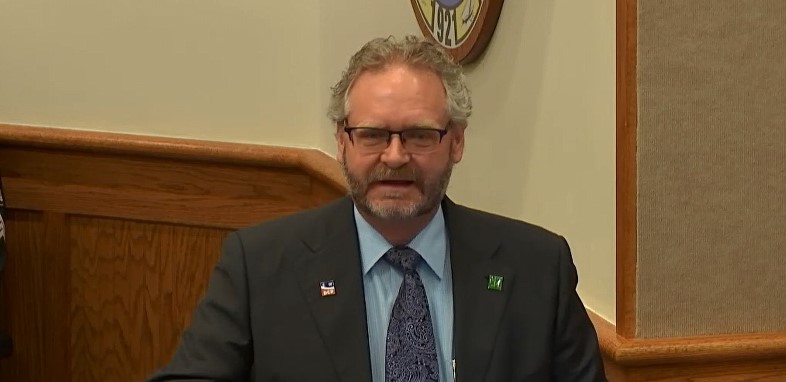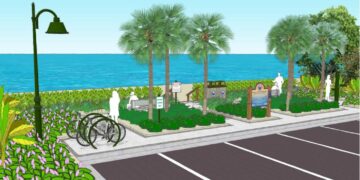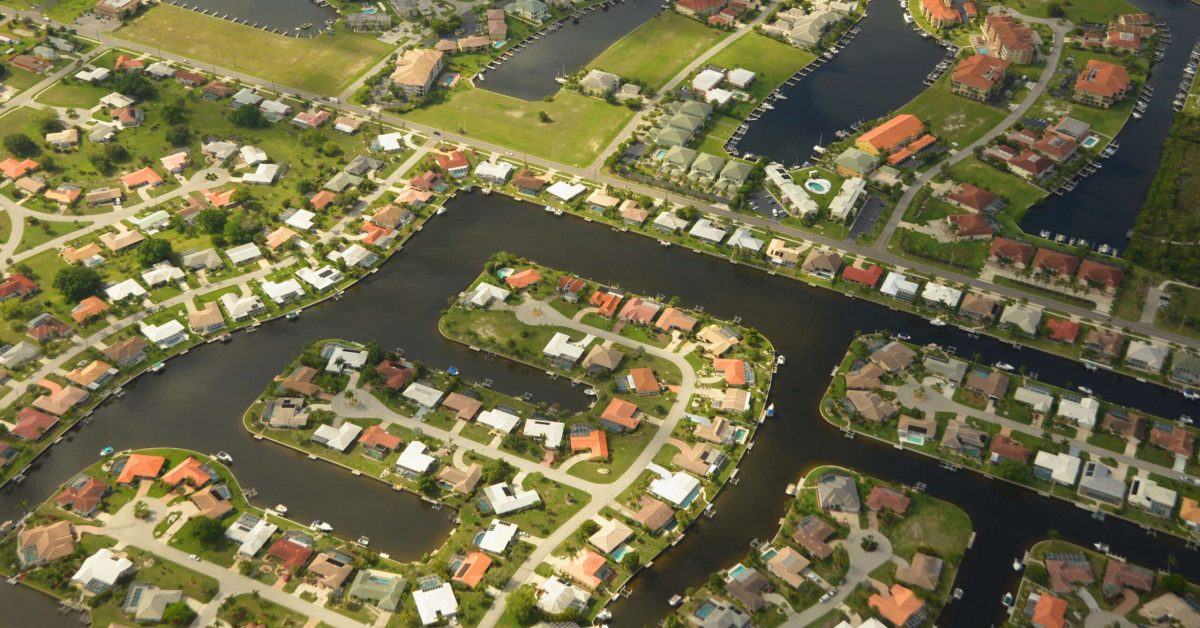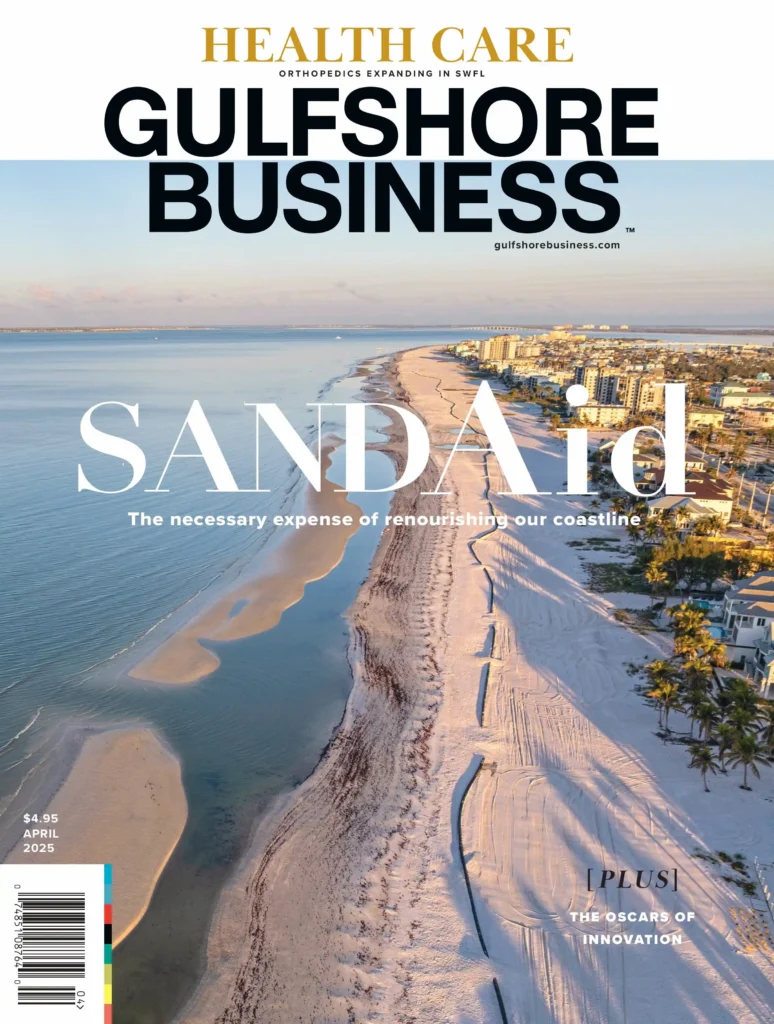Charlotte County’s population increased 5.2% from June 2023 to March 2024. During a Nov. 12 Board of County Commissioners meeting, analysts recommended steps to be considered to prepare as approximately 40,000 more people are projected to call the county home by 2030.
“We have 212,000 people as of March of this year, and by 2030, we think you’re going to be close to 252,000 people,” David Farmer, CEO of county-contracted Metro Forecasting Models, told commissioners. He made the presentation using the Interactive Growth Model analytical tool that shows the county is on pace to permit 4,400 units by the end of the year.
He said the increasing population causes a deterioration of the level of services of the county’s facilities, adding that the county “had 15,000 people show up” over 18 months.
 For every 15,000 new residents, a community needs a new neighborhood park, fire station, neighborhood shopping center and library, Farmer said.
For every 15,000 new residents, a community needs a new neighborhood park, fire station, neighborhood shopping center and library, Farmer said.
The IGM, developed by Metro Forecasting Principal Planner Paul Van Buskirk, shows between 2024 and 2030 there will be an increase of approximately 20,000 housing units with growth projected in every part of the county.
Whether the population will increase as Metro Forecasting’s report shows was debated.
Commissioner Joe Tiseo asked Farmer whether the data factored in current events, including recent hurricanes and rising insurance rates.
“There’s not an insurance factor in our numbers,” Farmer said.
 The latest report was updated in March 2024, before hurricanes Helene and Milton.
The latest report was updated in March 2024, before hurricanes Helene and Milton.
“I’m hearing more and more about the cost of insurance that will become a roadblock, especially [for] someone on a fixed income,” Tiseo said, stating insurance rates have doubled and sometimes tripled.
The county has five flood zones — red, orange, yellow, green and purple, with red being at the highest risk for flooding.
Those living in orange and yellow flood zones generally aren’t told to evacuate during hurricanes, but as Hurricane Milton approached, evacuation orders extended to them, as well.
Tiseo said now those living outside of the red zone might consider buying flood insurance, which is separate from homeowner’s insurance.
He added while the state of Florida had been gaining 1,000 new residents per day, now that number is projected at 750.
 Farmer agreed that insurance costs will probably slow population growth and his company will continue monitoring growth on an annual basis.
Farmer agreed that insurance costs will probably slow population growth and his company will continue monitoring growth on an annual basis.
However, should the population forecast be spot on, utilities capacity could be a problem. Farmer said due to three projects being underway along the Burnt Store Road Corridor, which has utilities, “it seems ripe for some rapid growth now.”
Commissioner Chris Constance debated that. He said that is “a judgment call because right now we have utilities for the people who are there. We don’t have enough capacity.”
In July, Tiseo issued a warning to developers who don’t pay everything upfront for utility hookups. Although expansion plans were planned for water reclamation and wastewater treatment facilities, capacity might be reached before new facilities are completed.
 Another recommendation by Metro Forecasting is for the county to consider rezoning as needs arise, such as rezoning residential land to commercial and commercial to industrial.
Another recommendation by Metro Forecasting is for the county to consider rezoning as needs arise, such as rezoning residential land to commercial and commercial to industrial.
The study emphasized creating shopping areas within neighborhoods to reduce residents taking unnecessary trips on major corridors, increasing traffic congestion. The county already rezoned an area near Murdock and West Port that will have its own shopping center that can be reached within the community.
At the end of the presentation, Community Development Director Ben Bailey said the county will invite Farmer back to provide updates to the data.





